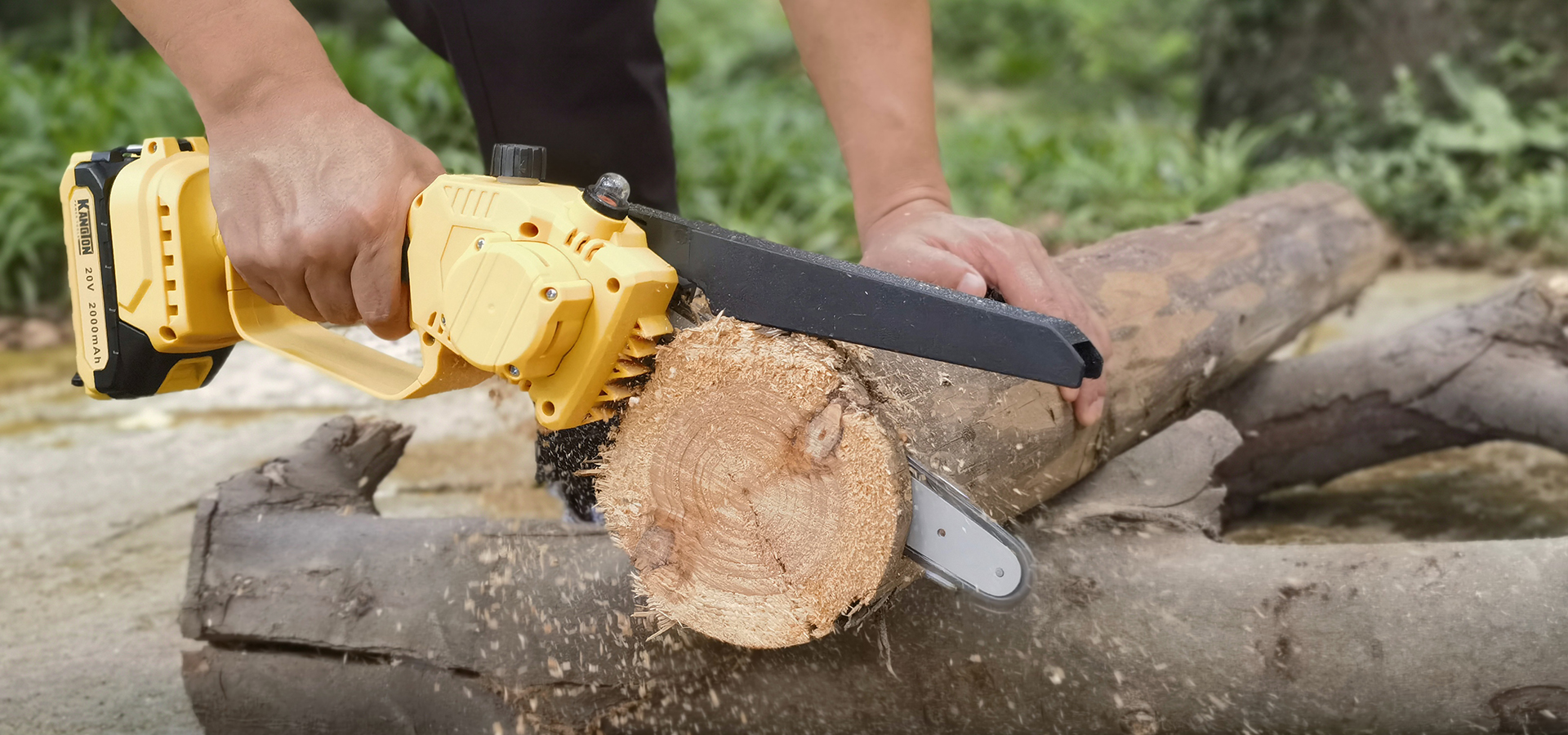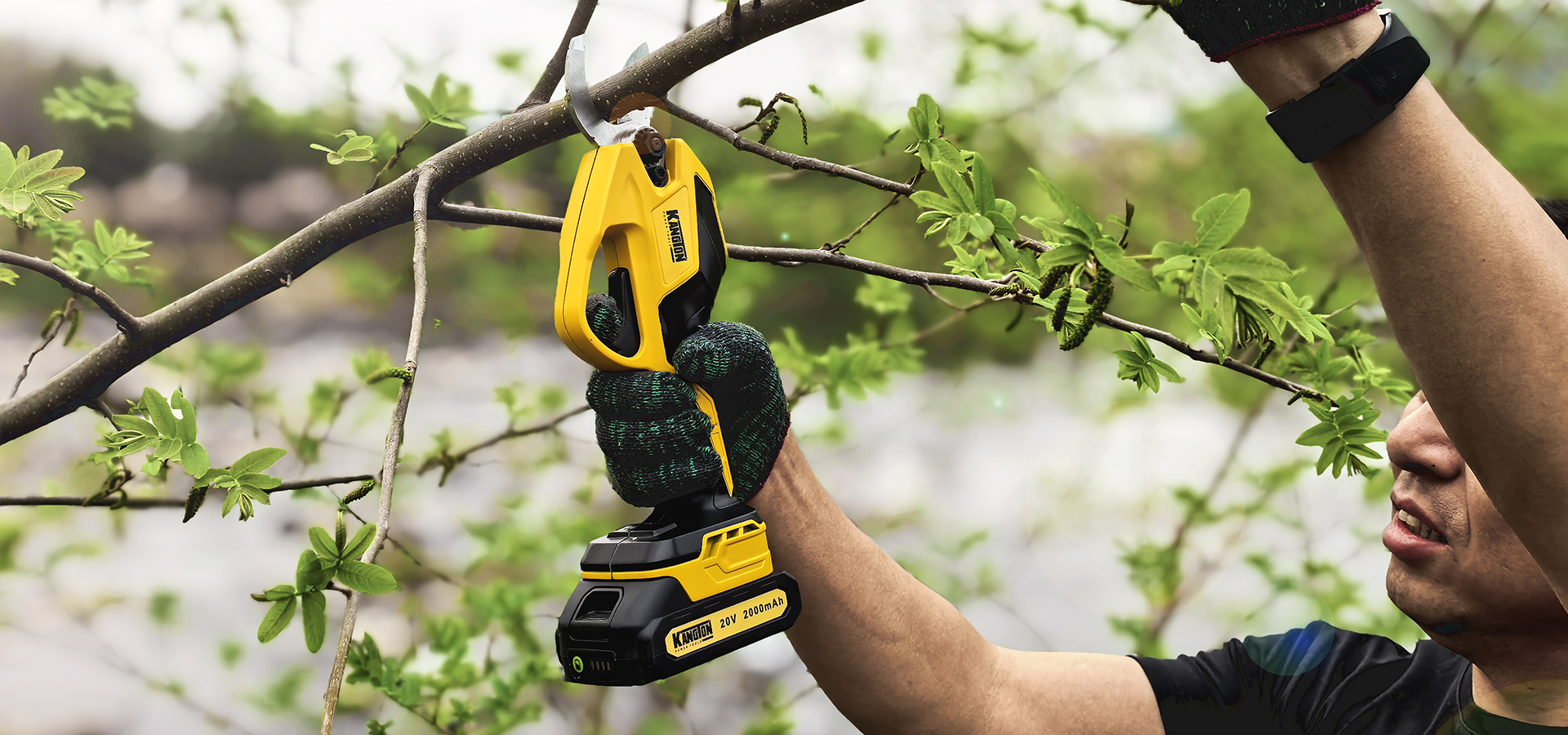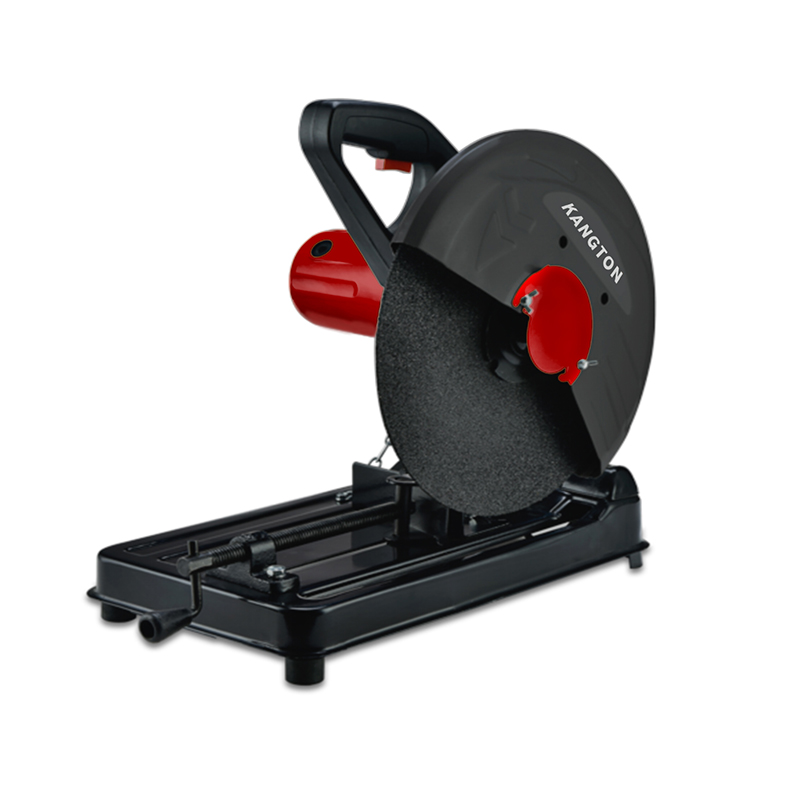1, Make sure your saw is in good condition and capable of cutting the stock you are using. A 14 inch (35.6 cm) saw will successfully cut through material about 5 inches (12.7 cm) thick with the correct blade and support. Check the switch, cord, clamp base, and guards to be sure they are in good condition.
2, Provide suitable power. These saws typically require 15 amps minimum at 120 volts, so you will not want to operate one with a long, small gauge extension cord. You might also choose a ground fault interrupted circuit if available when cutting outdoors or where an electrical short is possible.
3,Choose the correct blade for the material. Thinner abrasive blades cut quickest, but a slightly thicker blade handles abuse better. Buy a quality blade from a reputable reseller for best results.
4,Use safety equipment to protect you while cutting. These saws create dust, sparks, and debris, so eye protection, including a face shield, are recommended. You may also want to wear thick gloves and hearing protection, as well as sturdy long pants and sleeved shirts and work boots for additional protection.
5,Set the saw up right. When you are cutting flat bar, set the work in the clamp vertically, so the is cut is through a thin layer the whole way. It is hard for the blade to clear the kerf (cuttings) when it has to cut across flat work.
- For angle steel, set it on the two edges, so there is no flat to cut through.
- If you set the chop saw up directly on concrete, put a bit of cement sheet, iron, even wet plywood (as long as you keep your eye on it) underneath it. That will keep those sparks from leaving a permanent stain on the concrete.
- A lot of times with a chop saw, you will have to work with the saw on the ground. That’s because of the length and weight of the material you may want to cut. Put something flat and solid under the saw and then use packers to support the steel.
- Protect walls or windows or any features you are near. Remember, sparks and debris are discharged at high speeds to the rear of the saw.
6, Check the setup. Use a square to test that the face of the disk is square off the steel just in case the ground is sloping or your packers are wrong.
- Don’t worry if the packers to the right are a bit low. This will allow the cut to open slightly as you cut.
- Never set your packers high or even level and don’t set up on a bench for that matter. As you cut, the steel will sag in the middle, and cause the chop saw to bind and then jam.
7, Keep the blades clean. After a saw has been used for a while, metal and disk residue builds up on the inside of the steel guard. You will see it when you are changing the disk. Give the outside of the guard a whack with a hammer to dislodge the build up. (When it is switched off, of course). Don’t take the chance of it flying off at speed when cutting.
8, Mark your cuts first. To get a really accurate cut, mark the material with a fine pencil, or a sharp piece of French chalk (if working on black steel). Set it in position with the clamp nipped up lightly. If your mark is not fine enough or hard to see, you can put your tape measure on the end of the material and bring it under the disk. Lower the disk almost to the tape and sight down the face of the disk to the tape. Sight down the surface of the disk that is going to do the cut.
- If you move your eye you will see that the size of 1520mm is dead in line with the cutting face.
- If the piece that you want is on the right of the disk, you should sight along that side of the blade.
9,Beware of wasting the blade. If you are pushing it a bit much and you see dust coming off the blade, back off, you are wasting the blade. What you should see is plenty of bright sparks coming out the back, and hear the revs not a lot less than free idle speed.
10,
Use some tricks for different materials.
- For heavy material that is hard to move, nip the clamp lightly, adjust by tapping the end of the material with a hammer until it is spot on.
- If the steel is long and heavy, try tapping the saw with the hammer to get it up to the mark. Tighten up the clamp and do the cut using steady pressure.
- Use your tape under a cutting blade when needed. The sighting down the blade is common on all saws.
Post time: Jul-29-2021




